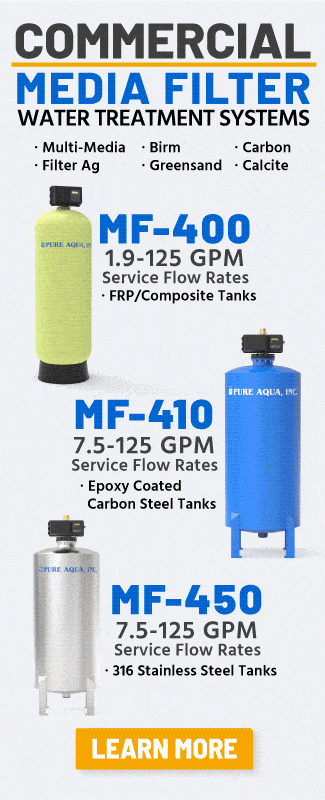Carbon Filter Sizing
CARBON FILTER SIZING
MECHANISM
Carbon filtering works by adsorption, in which pollutants in the fluid to be treated are trapped inside the pore structure of a carbon substrate. The substrate is made of many carbon granules, each of which is itself highly porous. As a result, the substrate has a large surface area within which contaminants can be trapped. Activated carbon is typically used in filters, as it has been treated to have a much higher surface area than non treated carbon.
COMMON USES
Carbon sifting is ordinarily utilized for water refinement, air separating and modern gas preparing, for instance the expulsion of siloxanes and hydrogen sulfide from biogas. It is additionally utilized in various different applications, including respirator covers, the cleansing of sugarcane and in the recuperation of valuable metals, particularly gold. It is additionally utilized in cigarette channels and in the EVAP utilized in autos.
When sifting water, charcoal carbon channels are best at evacuating chlorine, particles, for example, silt, unpredictable natural mixes (VOCs), taste and scent. They are not powerful at evacuating minerals, salts, and broke down inorganic substances.
SPECIFICATIONS
The adequacy of a carbon channel depends on its molecule size, yet additionally on the pace of stream of liquid through the channel. For instance, if a liquid is permitted to course through the channel at a more slow rate, the contaminants will be presented to the channel media for a more drawn out measure of time, which will in general outcome in less pollutions.
 ENGLISH
ENGLISH ESPAÑOL
ESPAÑOL العربية
العربية PORTUGUÉS
PORTUGUÉS FRANÇAIS
FRANÇAIS
